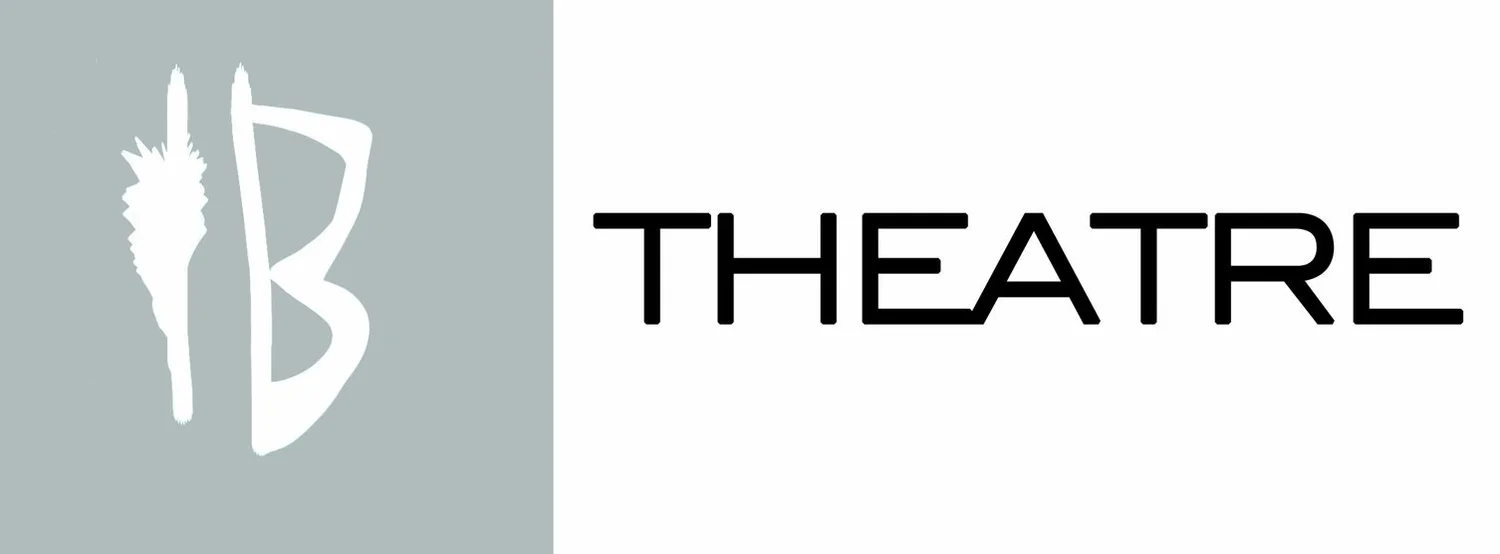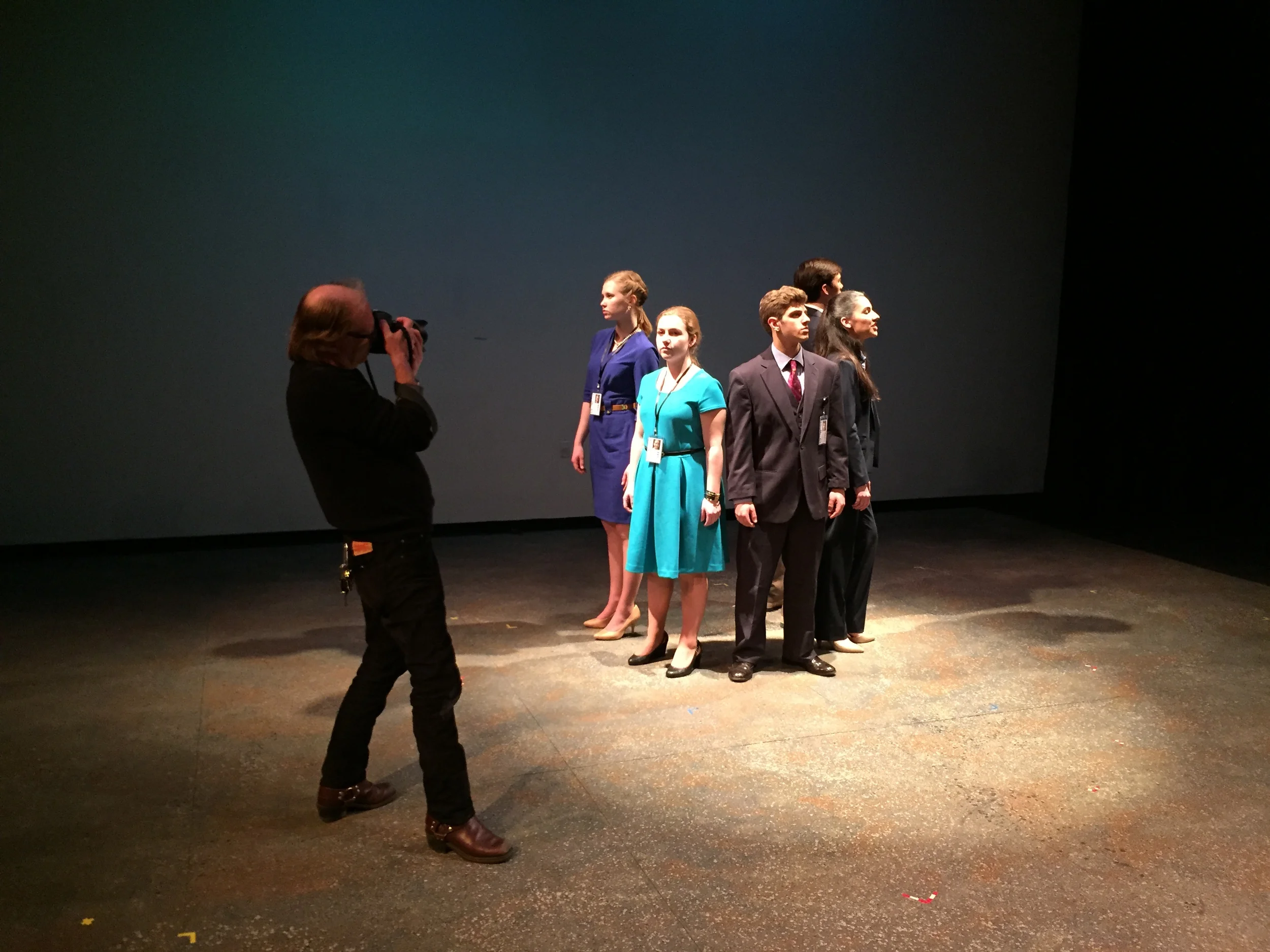the five perspectives of Ib theatre
1. Creator- inventing & imagining
The CREATOR perspective explores what happens when artists create anything. The CREATOR dares to bring something into existence that has never existed before. Here, the imagination rules, and one must learn to take risks and trust oneself.
2. Designer- shaping & making
The DESIGNER perspective takes ideas and gives them shape, texture, and style. The imagination is at work here, but the DESIGNER gives a practicality to ideas. DESIGNER study explores how to make things in the imagination happen with specific skills of composition, sketches, models, rendering, and building.
3. Director- leading & bringing to life
The DIRECTOR perspective explores how to lead a group of people through a process. There is a focus on developing communication and people skills as the DIRECTOR charts a road for the ensemble to travel. This perspective cultivates vision, management skills, and the dynamics of leadership.
4. Performer- exploring & executing
The PERFORMER perspective charts the personal experience of executing an idea in real time. PERFORMERS use rehearsal and collaborative techniques in order to be as present as possible during performance. It is a profoundly honest perspective that challenges emotional and physical boundaries.
5. Spectator- experiencing & responding
The SPECTATOR perspective encompasses critical theory, personal response, and cultural context. The SPECTATOR perspective studies the broad ranges of responses to theatre, exploring how it entertains, instructs, reflects, provokes, and bores audience members. This perspective also dives into how audience response can enrich and develop performance.

